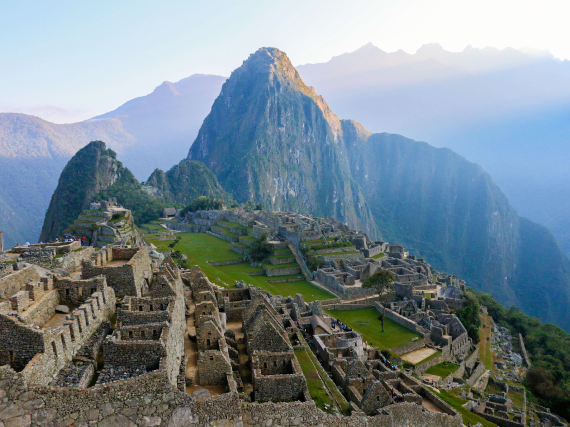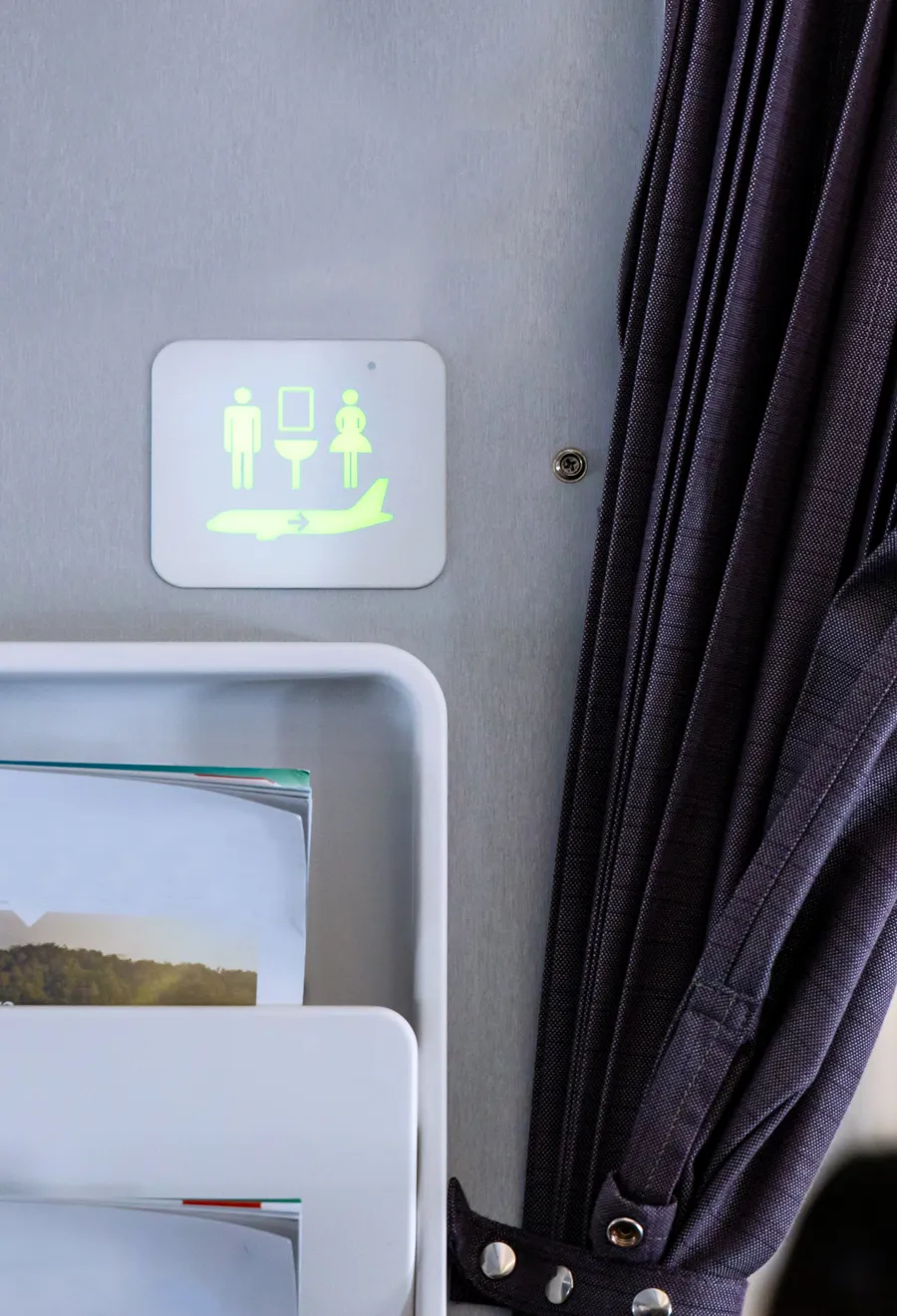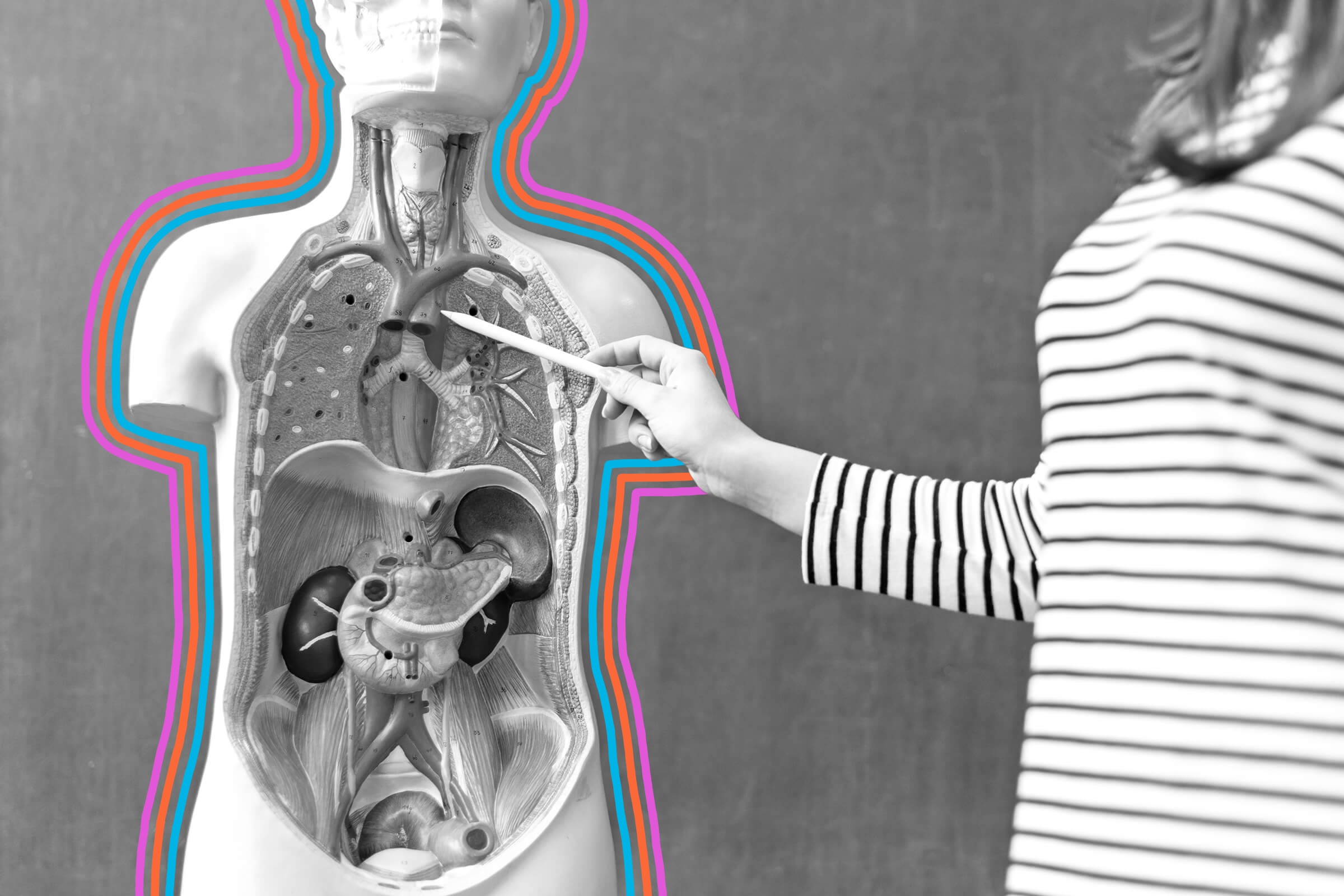Mysteries abound in air travel, from how planes stay in the sky to why some people willingly choose the middle seat. Chief among these lingering questions, perhaps, is this: What exactly happens when you flush an airplane toilet? From the brief delay between the push of the button to the actual flush and the many warnings not to toss tissues or paper towels in the toilet, it can feel very different when you use the lavatory at cruising altitude compared with toilets on the ground. Take a look at the interesting science behind airplane lavatories.
Avoiding Blue Ice
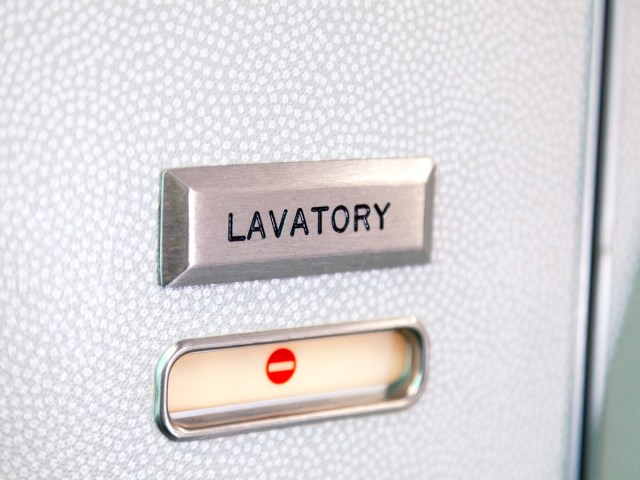
The first, most important thing to know is what doesn’t happen when you flush an airplane toilet. No, the contents of the cruising-altitude commode aren’t merely ejected from the plane and left to crash-land where they may. That would create all kinds of problems for the people going about their lives 30,000 feet below your Boeing 737 — and likely result in well-earned lawsuits for whichever airplane manufacturer was shortsighted enough to design their planes in such a way. However, it does (rarely) happen by accident, and these discharges of waste and disinfectant even have an unfortunate name: blue ice, something you don’t want to ever see falling from the sky.
Under Pressure

Perhaps the most unusual aspect of airplane facilities is the sound. Loud and abrupt, the flush sounds more like air than the water-based toilets we’re used to on terra firma. There’s a reason for that: Airplane toilets are essentially vacuums that use suction to deposit waste into airtight holding tanks located at either the front or back of the plane for safekeeping. A valve opens when you flush, briefly activating the suction system before the valve closes again.
Using more water would be troublesome because of the weight restrictions placed on commercial airliners (plus, the heavier a plane is, the more fuel required to fly it). This is why the air-pressure technique first patented by James Kemper in 1975 remains the standard on modern airliners. The blue liquid used to disinfect and deodorize airplane lavatories is manufactured by companies such as SkyKem and Aero Specialties, the latter of which produce theirs under the name Lav Chem Blue.
On the Wagon
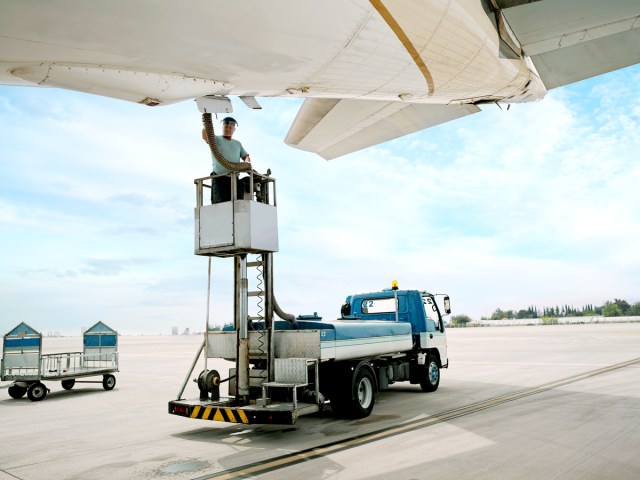
Those aircraft waste tanks eventually fill up, of course — hence why “honey wagons” exist. These specialized vehicles, usually small trucks, use vacuum pipes to link to an aircraft’s holding tank before transporting the contents away for good. The process is fairly quick, and the strange moniker is believed to come from the vaguely honeylike color of the removed waste. In addition to removing the tank’s contents, the trucks also pump water and disinfectant into the tank to properly clean it and ready the plane for its next flight.
Featured image credit: ThamKC/ iStock via Getty Images Plus
More from our network
Daily Passport is part of Inbox Studio, which publishes content that uplifts, informs, and inspires.

